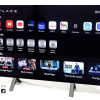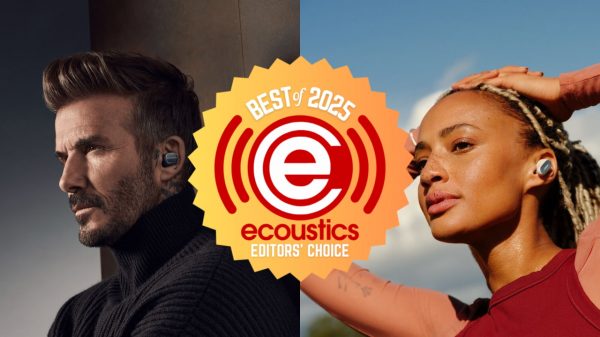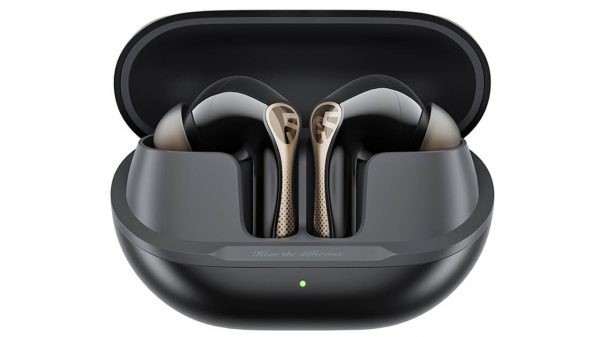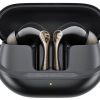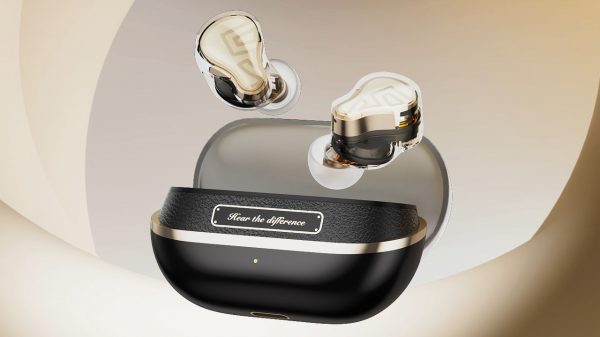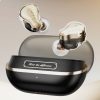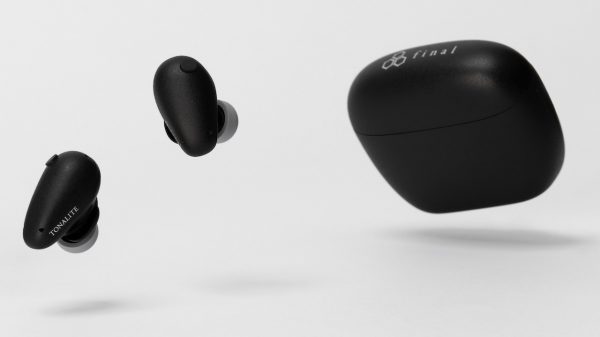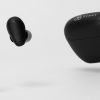With so many true wireless IEMs being introduced in 2021, a product needs to be impressive to get mentioned in the same conversation with the Apple AirPods 3, Sony, and Bose models. Offering the best sound quality should always be the goal but that’s clearly not enough. How the $80 Jabra Elite 3 fits into the conversation is something that we are going to look at this week.

The Jabra Elite 3 is an interesting IEM. The model’s name would lead one to believe it might be the Jabra flagship, but the Elite 3 is Jabra’s least expensive TWS to date. There are an entire series of Jabra Elite models with the 7 Pro sitting at the top of the pyramid; the 7 Active is the gym model, and the 3 represents the entry point so the number means more than the elite designation in this case.
All of these new models were introduced in August and supplant the 75 and 65 model designations of the previous generation.

Many will recognize the Jabra name as a big player in the telecommunications market with office headsets, speakerphones, and video conferencing equipment being their major product lines. If your office has a call center, more than likely they considered or purchased Jabra headsets at some point.
The Jabra IEM line was born out of their headset line with an increasing number of people wanting an earphone that could perform the same duties their headset but while moving around or commuting.
The earliest models focused on the in-call features, with music taking a secondary role. The focus has now changed for Jabra with more models aimed at users who are exercising and listening to music in every possible type of environment.

Most of their IEM models are IP55 rated with some of their active models sporting a full IP57 rating. For those unfamiliar with the rating system, the first digit represents particulate incursion, so the 5 rating means these have some protection from airborne dust and dirt.
The second digit is water repellency with 5 meaning withstands water jet but not submersion and 7 representing survives submersion in up to one meter of water. Either rating is usually plenty for gym use but the 7 provides an added measure of protection for those who sweat profusely or intend to wear their earbuds in the sauna. If that’s your kind of thing.
With the Elite 3 being the entry level model, it foregoes some of the advanced features of the 7 Series and instead focuses on the basics.

The kit is fairly standard with the earpieces, 3 sizes of tips, a charging case, and a USB type-A to type-C cable. My constant gripe on the charging cables is they are always about 6 inches or less in length and that means they dangle from most outlets as there simply is not enough cable to reach from wall to table or floor.
With aftermarket cables being as cheap and readily available as they are, I’d love to see vendors either package a longer cable or omit it altogether and spend that money on another set of tips or a better battery.
Construction of the earpieces and case is entirely of impact resistant plastic which makes the Jabra Elite 3 rather lightweight in your ears and inside your pocket.

The earpieces fit very solidly in the ear and once seated, demonstrated zero tendency to move even during strenuous exercise. Another benefit of the rather deep seating is that they do provide good passive isolation from outside noise.
A “Hear Through” mode is offered that uses the microphone to pass ambient sounds to the listener when situational awareness is needed but the Elite 3 relies on passive noise reduction and does not offer ANC.
The drivers are a 6mm dynamic driver with no additional information regarding impedance or sensitivity provided. Arguably this is less important, as Jabra has already mated an appropriate amplifier to the driver and the Elite 3 does have a good range of available volume.

The tonal balance is a typical “V” tuning with an assertive sub-bass lift and a big treble push.
Perhaps unsurprisingly, vocals cut through the mix well, but the lower midrange does suffer a bit from bleed and engaging any of the bass-boost options (bass or energize) in the app does result in a loss of clarity in exchange for an even more forward bass.
The treble boost takes an already aggressive treble and cuts the bass by roughly 6 dB, so it stands even more forward in the mix. The two most useful settings in the EQ are neutral and speech. Neutral is the best setting for music listening while speech is better for phone calls as it cuts both highs and lows to accentuate only the vocal range.



Connectivity is handled by a Qualcomm chipset that supports Bluetooth aptX and SBC but somewhat surprisingly not AAC which makes it tough to think of the Elite 3 as a possible AirPods replacement since they don’t support Apple’s native protocol.
The battery life is good with roughly 7 hours of listening time on a charge and 2.5 charges provided by the case. The charge rate is roughly 6 minutes of listening time per minute of charge time which means all day use can be accomplished with a minimum of breaks to recharge.
One thing to note, the Jabra Elite 3 does not pause when the earpieces are removed from the ear, so you’ll want to remember to pause your music on the source device to keep from running the battery down when not in use.

Conclusion
As much as I’d like to recommend the Jabra Elite 3, some of its quirks keep me from doing so. The lack of AAC support in a market where Apple makes up nearly 30% of the phone market and an even larger portion of the tablet market is counter intuitive.
This may be a licensing issue between Jabra and Apple that will get addressed at some point, or it may be a conscious decision by Jabra not to support closed eco-systems. Either way, it limits the utility of the product and cuts off a chunk of potential market.
In addition, Jabra’s office pedigree shows through and while excellent for phone conversations, the Elite 3 loses a step when music is the primary focus as it doesn’t have the clarity of something like the similarly priced Sennheiser CX or the tuning options.
If you don’t use an iPhone or iPad, the Jabra Elite 3 is a decent true wireless IEM, but there are better options.
For more information: Jabra.com
Related: Best True Wireless Earbuds Right Now







